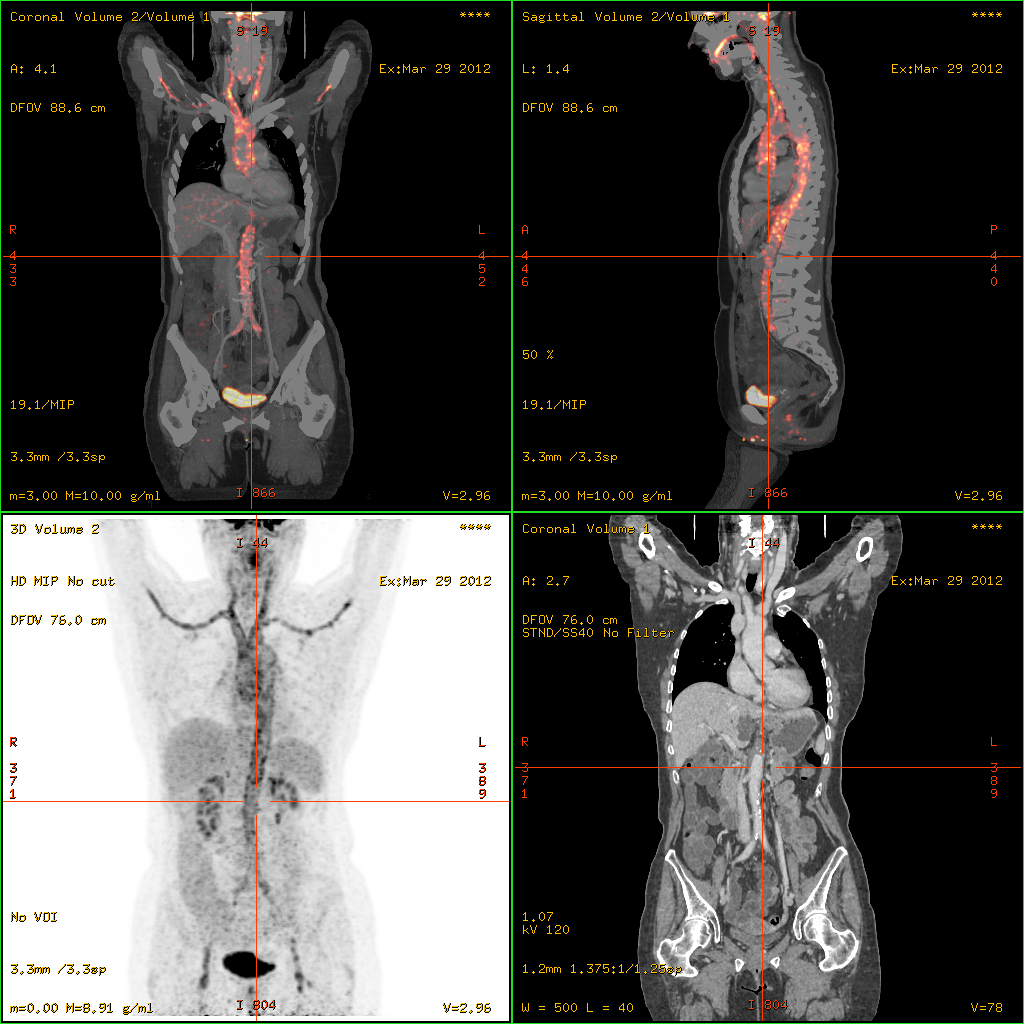|
Erythema Elevatum Diutinum
Erythema elevatum diutinum is a form of vasculitis. It has been described as a paraneoplastic syndrome. See also * Cutaneous small-vessel vasculitis * List of cutaneous conditions Many skin conditions affect the human integumentary system—the organ system covering the entire surface of the Human body, body and composed of Human skin, skin, hair, Nail (anatomy), nails, and related muscle and glands. The major function o ... References External links Vascular-related cutaneous conditions {{Cutaneous-condition-stub ... [...More Info...] [...Related Items...] OR: [Wikipedia] [Google] [Baidu] |
Vasculitis
Vasculitis is a group of disorders that destroy blood vessels by inflammation. Both artery, arteries and veins are affected. Lymphangitis (inflammation of lymphatic vessels) is sometimes considered a type of vasculitis. Vasculitis is primarily caused by white blood cell, leukocyte migration and resultant damage. Although both occur in vasculitis, inflammation of veins (phlebitis) or arteries (arteritis) on their own are separate entities. Signs and symptoms The clinical presentation of the various vasculitides on the skin and internal organs is mostly determined by the diameter or size of the vessels mainly affected. Non-specific symptoms are common and include fever, headache, fatigue, myalgia, weight loss, and arthralgia. All forms of vasculitis, even large vessel vasculitides, may cause skin manifestations. The most common skin manifestations include purpura, Nodule (dermatology), nodules, livedo reticularis, Ulcer (dermatology), skin ulcers, and purpuric Hives, urticaria. ... [...More Info...] [...Related Items...] OR: [Wikipedia] [Google] [Baidu] |
Paraneoplastic
A paraneoplastic syndrome is a syndrome (a set of signs and symptoms) that is the consequence of a tumor in the body (usually a cancerous one). It is specifically due to the production of chemical signaling molecules (such as hormones or cytokines) by tumor cells or by an immune response against the tumor. Unlike a mass effect, it is not due to the local presence of cancer cells. Paraneoplastic syndromes are typical among middle-aged to older people, and they most commonly occur with cancers of the lung, breast, ovaries or lymphatic system (a lymphoma). Sometimes, the symptoms of paraneoplastic syndromes show before the diagnosis of a malignancy, which has been hypothesized to relate to the disease pathogenesis. In this paradigm, tumor cells express tissue-restricted antigens (e.g., neuronal proteins), triggering an anti-tumor immune response which may be partially or, rarely, completely effective in suppressing tumor growth and symptoms. Patients then come to clinical attention ... [...More Info...] [...Related Items...] OR: [Wikipedia] [Google] [Baidu] |
Cutaneous Small-vessel Vasculitis
Cutaneous small-vessel vasculitis (CSVV) is inflammation of small blood vessels, usually accompanied by small lumps beneath the skin. The condition is also known as hypersensitivity vasculitis, cutaneous leukocytoclastic vasculitis, hypersensitivity angiitis, cutaneous leukocytoclastic angiitis, cutaneous necrotizing vasculitis and cutaneous necrotizing venulitis, It is the most common form of vasculitis seen in clinical practice, usually caused by inflammation of post-capillary venules in the dermis). "Leukocytoclastic" (literally meaning 'leukocyte-destroying') refers to the damage caused by nuclear debris from infiltrating neutrophils in and around the vessels. Signs and symptoms Skin lesions Initially red to pink, flat spots (formally, "macules") and raised bumps (formally, "papules") may be seen on the skin. Once fully developed, the classic appearance is "non-blanching, palpable purpura". This appears as deep red to purple spots that feel raised to the touch. Purpu ... [...More Info...] [...Related Items...] OR: [Wikipedia] [Google] [Baidu] |
List Of Cutaneous Conditions
Many skin conditions affect the human integumentary system—the organ system covering the entire surface of the Human body, body and composed of Human skin, skin, hair, Nail (anatomy), nails, and related muscle and glands. The major function of this system is as a barrier against the external environment. The skin weighs an average of four kilograms, covers an area of two square metres, and is made of three distinct layers: the epidermis (skin), epidermis, dermis, and subcutaneous tissue. The two main types of human skin are: glabrous skin, the hairless skin on the palms and soles (also referred to as the "palmoplantar" surfaces), and hair-bearing skin.Burns, Tony; ''et al''. (2006) ''Rook's Textbook of Dermatology CD-ROM''. Wiley-Blackwell. . Within the latter type, the hairs occur in structures called pilosebaceous units, each with hair follicle, sebaceous gland, and associated arrector pili muscle. Embryology, In the embryo, the epidermis, hair, and glands form from the ectod ... [...More Info...] [...Related Items...] OR: [Wikipedia] [Google] [Baidu] |


